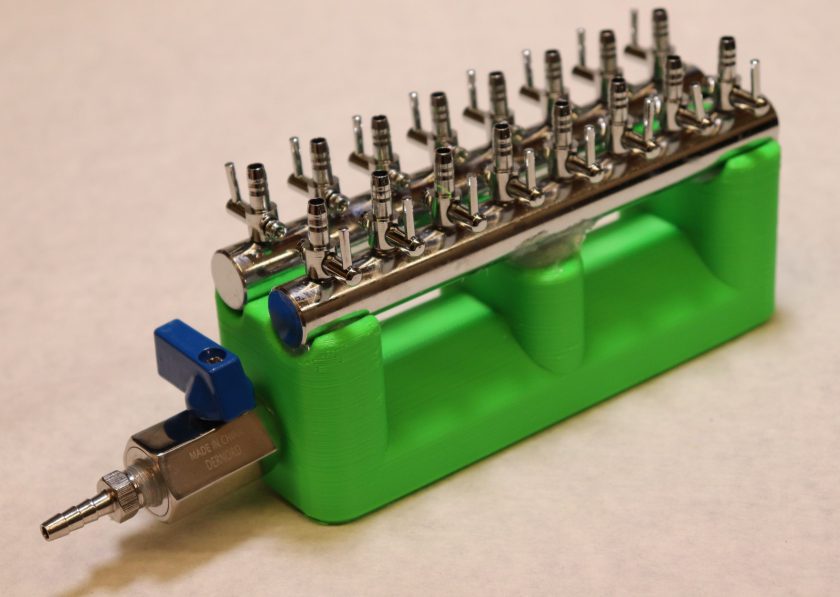Published: July 31st, 2022 Last Modified: November 12th, 2022
During the fall of 2020 I had the opportunity to design and teach a Genomics course for 60+ 4th year undergraduate biology students. It was one of the harder (but also most rewarding) things I’ve had to do, especially with 3 months to prepare. I’m proud of the course I delivered and I’d like to share ALL my class materials so that the next person has an easier time than I did 🙂 As well, the field of Genomics moves so fast I don’t want it to be completely out of date before somebody gets some use out of it.
Click read more for links to the rationale behind the design of the course, caveats, credits, etc!
Continue reading “Complete, free Genomics course (Lecture notes, recordings, assignments and tests!)”






